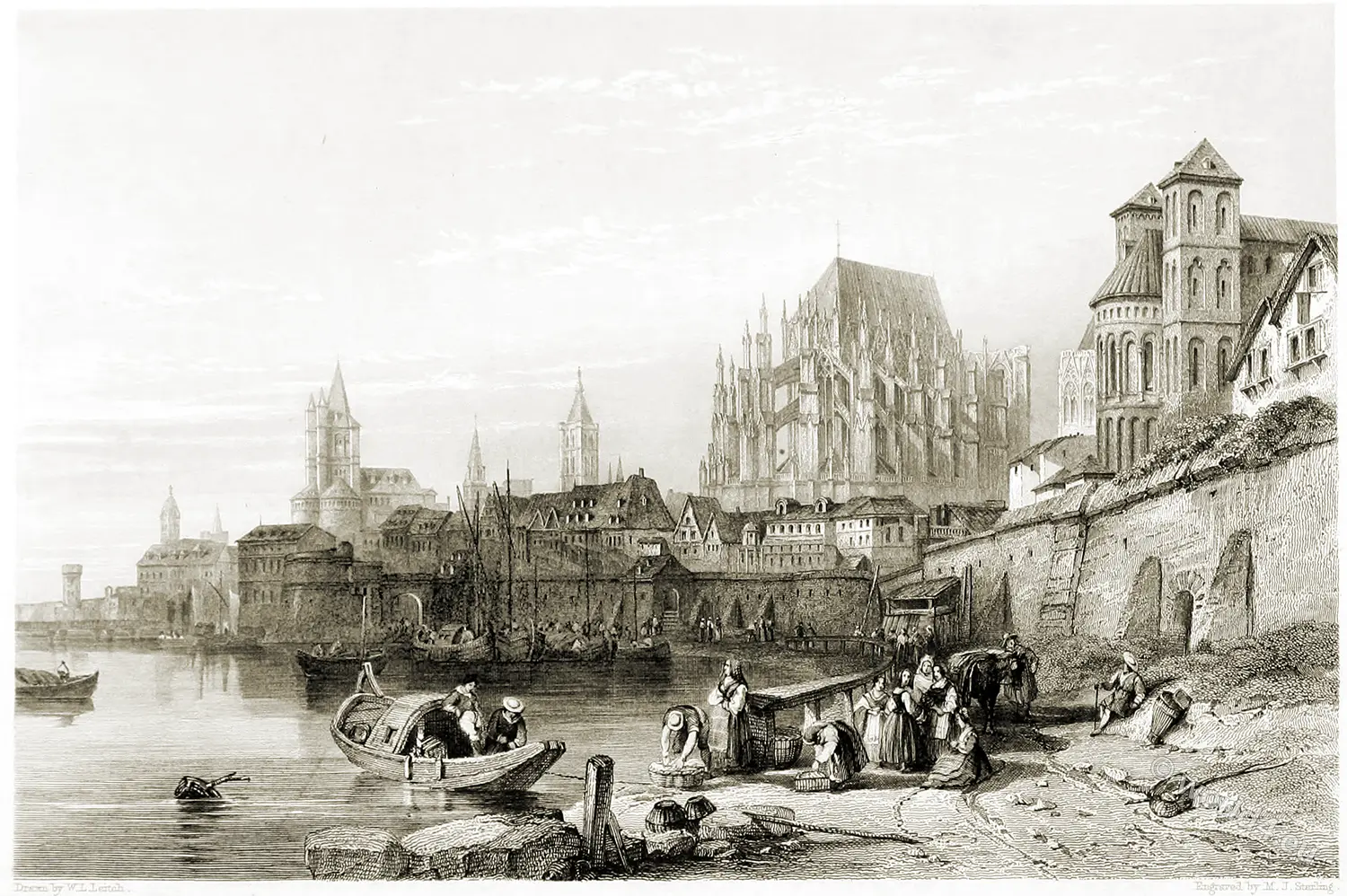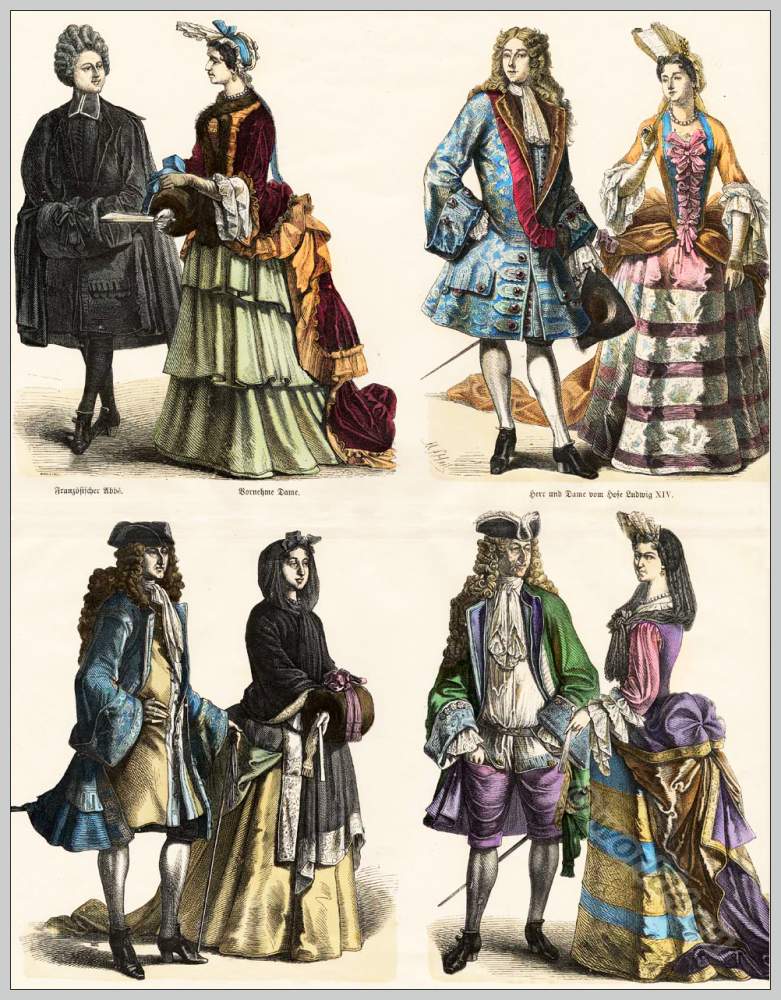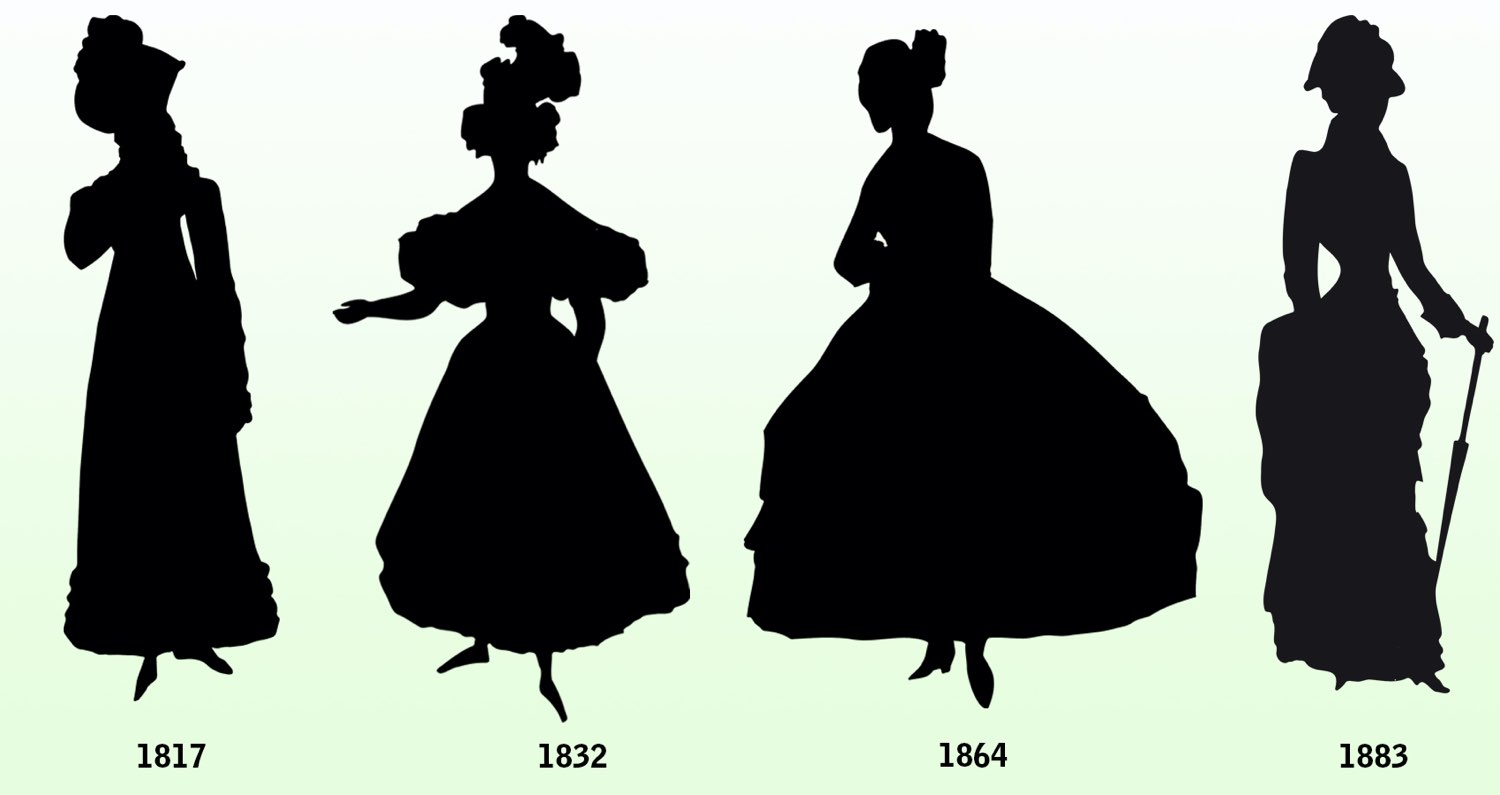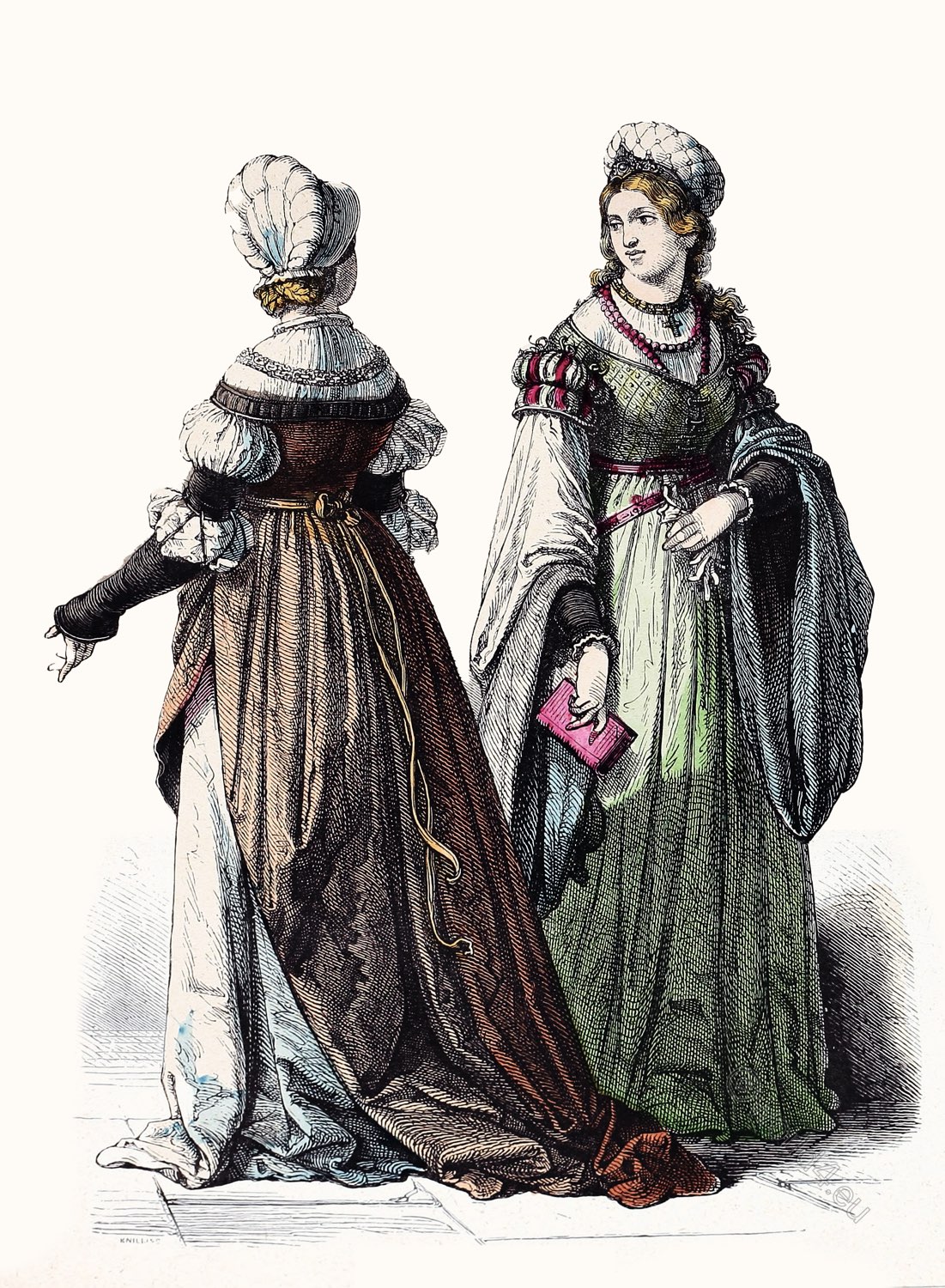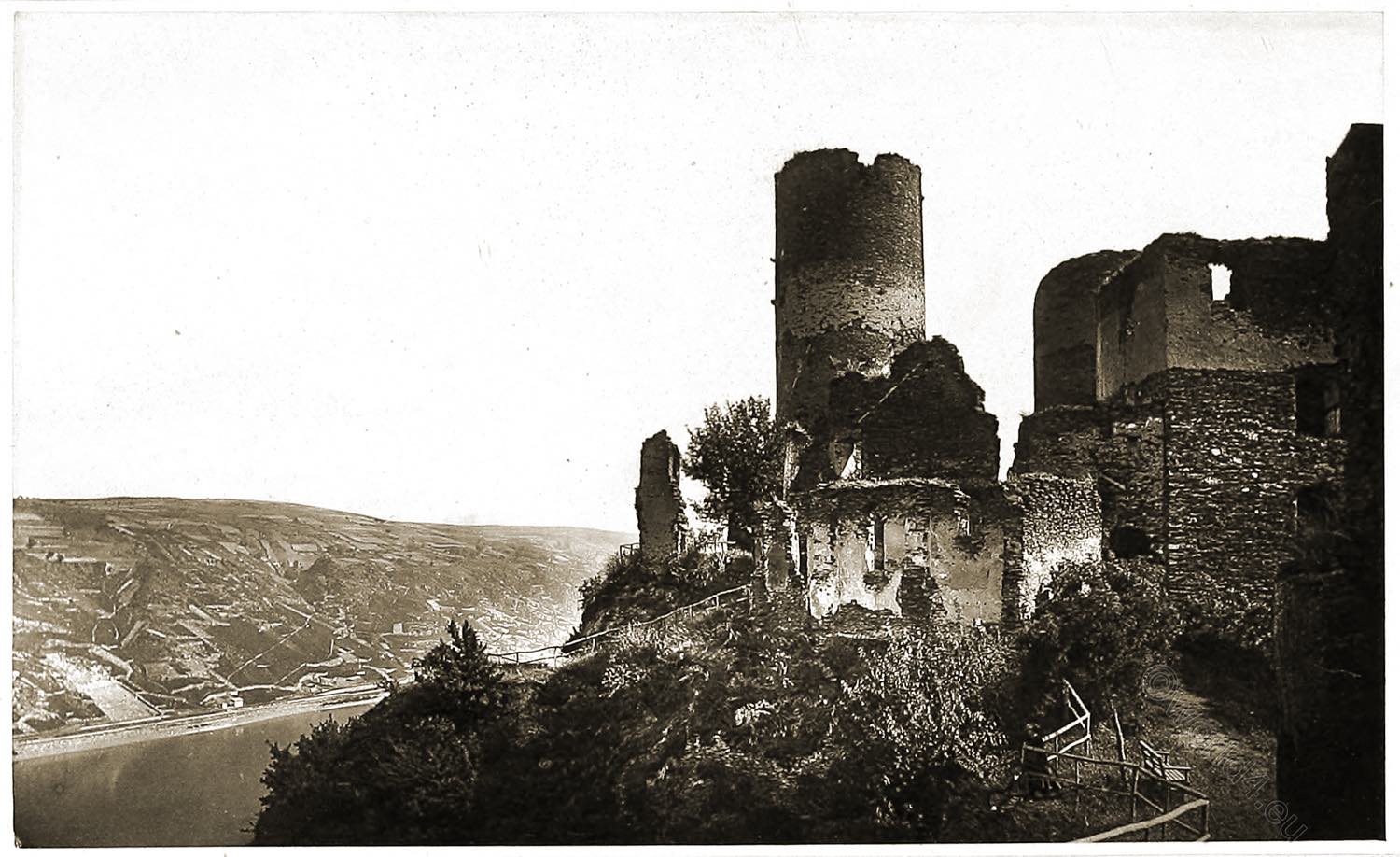COLOGNE.
"And now appear as on a phosphor sea Numberless barks;
Some sailing up, some down, and some at anchor,
Lading, unlading at that small port-town
Under the promontory.
A quay-like scene, glittering and full of life,
And doubled by reflection."
Rogers.
Cologne, viewed from the water, appears with more of ancient majesty than from any other point. Its quays, extending far along the banks—its lofty ramparts, shaded with old chestnuts, and crowned by many massive towers, black with age — the old gateways opening to the Rhine, and the steeples that crowd the air, give it a character romantic and picturesque.
The walls are still high enough to be observed at a few miles’ distance; and over the dense mass of buildings which fills their enclosure, the cathedral, with its huge unfinished mass, presents a striking and interesting appearance. The features which Cologne presents, are true indications of its history: for, ages have passed away since those glories, that now are shadowy, had a real existence, and since the nearer view of this venerable place, was in perfect accordance with the illusory appearance which distance suggests.
The Ubii *), the ancient occupants of this district, having accepted of Roman aid, to repel the aggressions of the neighbouring states, were necessarily enslaved by that all-absorbing power. To maintain a show of generosity, the land of the Menapii **) was added to their territory, but a Roman colony suddenly arrived, to participate in the acquisition, and secure the allegiance of the Ubii.
The castra, or military station of Marcus Agrippa on the left bank of the Rhine, became the site of the Civitas Ubiorum; and here Agrippina, the daughter of Germanicus, the wife of Claudius, and mother of Nero, was born. In honour of this princess, the city was named Colonia Agrippina; the latter term, now obsolete, was long in use amongst the Ubii, but, in later ages, was laid aside for that of Colonia, or Cologne. Colonised by Roman citizens, freedom became their inheritance, and their claim was recognised under all political mutations in the German empire and confederacies, until the return of tyranny with the first French revolution.
*) The Ubians (Latin Ubii) were a West Germanic people whom Caesar described as already civilised.
**) The Menapians (Latin Menapii) were a Celtic-Germanic mixed people in Belgian Gaul who were subjugated by the Romans under Caesar in the Gallic War around 52 BC.
The history of this ” Rome of the North” is intimately connected with the revolutions that took place in the imperial capital. Here Vitellius was first proclaimed emperor; here Trajan resided as ambassador from Rome, when intelligence reached him of his nomination by Nerva to the throne ; and it was on the spot where the church of St. Severins now rises, that Sylvanus was assassinated, after having reigned but eight and twenty days. The honour of being the favourite residence of the emperor-elect, is not the solitary historic distinction of this ancient settlement; France also summoned monarchs to her throne from their retirement at Cologne – and Clovis and Pippin thence responded to the call.
Such a degree of importance, such a character for riches, had Cologne acquired m the time of Constantius, that the Franks were attracted thither by a desire of plunder, and, having besieged, taken, and sacked it, added the city to their dominions. Under their power it continued until the reign of Julian the Apostate, by whom it was rescued from the Franks, and re-annexed to the Roman empire.
In the year 1642, the fortune of the Franks again prevailed, and Cologne, falling into their hands, Clovis, their king was proclaimed in that city. Under this dominion it remained until some time in the tenth century, when it was again conquered from the Franks by Otto the Great *), incorporated with the German empire, declared a free city, and endowed with many valuable privileges.
*) Otto I the Great (912-973) from the dynasty of the Liudolfing was Duke of Saxony and King of the East Frankish Empire (regnum francorum orientalium) from 936, King of Italy from 951 and Roman-German Emperor from 962.
In the eighth century, Cologne was erected into an archbishopric; and when Otho mastered the Franks here, he conferred the spiritual and temporal honours of the see upon his brother Bruno. This bold prelate is known as the first elector of this district, and as the destroyer of the Roman bridge that united the banks of the Rhine between Deutz and Cologne.
From Bruno’s government, the growth of religious edifices and institutions here may be dated; and the extraordinary number of richly endowed monasteries and nunneries drew hither the pretender as well as the sincere devotee, until Cologne, at last, gave shelter to so many religionists, that it acquired the appellation of “The Holy City.“
But its reputation of sanctity saved it neither from disquietude within, nor violent aggression from without, for, scarcely had the internal broils, occasioned by Bishop Hanno *), subsided, than Henry V. *) resolved to punish the citizens for their fidelity to the old emperor; he was obliged, however, to retire with disgrace from before the walls.
*) Hanno, often also Anno was a Benedictine and Bishop of Worms from 950 to 978.
**) Henry V (1081 or 1086 – 1125) from the Salian family was co-king with his father, Emperor Henry IV, from 1098, Roman-German king from 1106 and Roman-German emperor from 1111 to 1125.
The Hanseatic league, a mercantile union formed at the opening of the thirteenth century, gave to Cologne a favourable opportunity of aggrandisement Bruges, Lübeck, and Gdańsk, were parties to this covenant, but the amount of population, the beauty and advantage of position, and the immense resources of Cologne, soon conferred upon it a commercial pre-eminence. Scaliger thus celebrates this concentration of blessings : —
“Maxima cognati Regina Rhenè,
Hoc te etiam titulo Musa superbe canet:
Romani statuunt—habitat Germania—terra est
Belgia—ter felix! nihil tibi diva deest.”
During the thirteenth century, this city was a prey to civil strife, the archbishops exercising the worst species of feudal tyranny over the citizens, and the latter resisting this despotism with equal violence and resolution. At one period, society and commerce here were so shaken and dissolved, that ruin was impending over the city, and the total annihilation of one of the contending parties could alone have restored confidence, had not the renowned Albertus Magnus, then a friar in that city, become mediator between the contending parties. It was during the repetition of these bitter feuds, that the famous fight took place between the stout burgomaster, Hermann Gryn, and the archbishop’s Lion.
In the Rath Haus (City Hall) the members of the Hanseatic league assembled, and by this preference yielded a supremacy to Cologne, an advantage which the industrious inhabitants took care to improve. Manufactures of silk and cotton were established; civilisation here fixed a lasting abode; and the schools of design, sculpture, and painting, now formed here, laid the foundation for that excellence in the arts, to which Flemish painters subsequently attained.
Petrarch, who visited Cologne in the year 1333, thus enthusiastically describes it in a letter to Cardinal Colonna: “How glorious is the city! How wonderful to find such a spot in a barbarous land! What dignity in the men! What grace and tenderness in the women! But, before all things, it is surprising to find Pierian spirits under such a cloudy atmosphere, for though there are no Maros (Virgils) here, there are many Nasos (Ovids) in Cologne. *)
*) “In pleasing manners, in generous feelings, in warm attachments, and in all the graceful, all the attractive accomplishments of life, Petrarca seems to have surpassed every public character of his time, and to have engaged universal and unqualified admiration.”—Classical Tour.
Rapidly accumulating wealth, the consequence of prosperous commerce, enabled the citizens to endure the extravagant expenditure lavished, by the ecclesiastics, upon the purchase of relics, erection of shrines, and decorations of cenotaphs but, on St Bartholomew’s day, in the year 1425, the hierarchy, blinded by bigotry, were led to abuse the too great power and confidence reposed in them, and, by one vile edict, cruelly and illiberally banished the whole Jewish race, exceeding 80,000 persons, from the walls of Cologne.
Their success in this foul enterprise inspired them with still more despotic views, and, in 1618, their arrogance had grown so boundless, that they decided upon expelling the Protestant population also, that industry and heresy might be wholly exploded. The latter decree diminished the population considerably; 1,500 respectable and opulent families being obliged to migrate.
By these wicked enactments, the sources of wealth were dried up, the brightest lights extinguished—morality and virtue expelled from Cologne. Retiring sadly from the place of their birth, the home of their hearts, these industrious people found shelter in Dusseldorf, Elberfeld, Müllheim, and other large cities, contributing to the prosperity of such respective localities, those commercial advantages which they had involuntarily abstracted from Cologne.
From this period, the wealth, property, and splendour of the city exhibited symptoms of decay, and her descent in the rank of commercial marts was much more rapid than her rise, until poverty became her portion.
Weakened in resources, Cologne left her gates open to the French in 1794, and acknowledged that republic for her master until 1814, when it was occupied by the Russians. In the territorial partitions, arranged by the Holy Alliance in 1814, it was ceded to Prussia, and is now the capital of the duchies of Cleves and Berg.
Source: The Rhine, Italy, and Greece in a series of drawings from nature by George Newenham (1790?-1877). London: Fisher 1841.
Discover more from World4 Costume Culture History
Subscribe to get the latest posts sent to your email.

